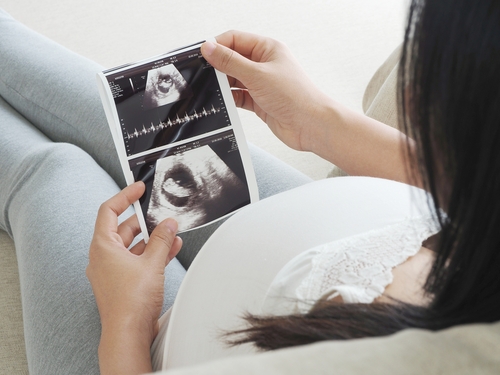Microscopic Polyangiitis Can Develop After Pregnancy, Case Report Suggests

Microscopic polyangiitis with kidney manifestations, a subtype of ANCA-associated vasculitis, can develop in women after a pregnancy, a case report from Japan suggests.
The study, “Microscopic polyangiitis necrotizing glomerulonephritis associated with pregnancy: case with a 20-year clinical course and review of the literature,” appeared in the journal CEN Case Reports.
Antineutrophil cytoplasmic antibody (ANCA)-associated vasculitis is caused by the production of autoantibodies against certain proteins of neutrophils, a type of immune cell. This causes white blood cells to attack vessel walls, leading to vessel inflammation.
The disease usually manifests later in life, with a mean age of onset between 65 and 74 years.
Given its low incidence and late onset, little information exists regarding possible links between vasculitis and pregnancy and delivery.
A Japanese research team reported the case of a women who who developed microscopic polyangiitis (MPA) with renal involvement (glomerulonephritis) after a second pregnancy. She had autoantibodies against the myeloperoxidase (MPO) protein, which is one of the most common targets of ANCA.
The patient was initially referred to a hospital at age 29 due to high levels of creatinine in the blood, and a mild increase in proteins and blood in her urine. At the time, a kidney biopsy did not show any abnormality linked to vasculitis (blood vessel inflammation).
However, slight tissue scaring which was suggestive of nephrosclerosis — a benign condition characterized by the hardening of small blood vessels in the kidneys.
One year later, during her first pregnancy, she developed gestational toxicosis, which results from the accumulation of harmful, poisonous substances in the blood.
While the patient’s kidneys showed normal function, her condition worsened after her second pregnancy and delivery at age 32. Again, she had elevated serum creatinine and evidence of blood in the urine. Due to her progressive condition, she was admitted to the hospital for a re-evaluation.
The patient had no physical abnormalities, but blood analysis showed slightly elevated C-reactive protein, suggesting an inflammatory state. At this point, her MPO antibodies were also high.
A new renal tissue biopsy revealed several structural alterations on the kidney’s filtering units, mainly due to tissue damage, immune cell infiltration, and tissue scaring. Collectively, the findings were consistent with a final diagnosis of MPA with renal-limited vasculitis.
The woman started treatment with intravenous cyclophosphamide pulse therapy, oral prednisolone, and oral cyclosporin A to control her disease. The treatment reduced all elevated biomarkers, including MPO autoantibodies, which become undetectable.
“Interestingly, testing of frozen preserved serum from the time of the first kidney biopsy 4 years earlier revealed that MPO-ANCA [antibody] was also positive,” the researchers wrote.
Despite continuous treatment and drug regimen adjustments, her condition continued to deteriorate for the following 12 years. Additional evaluations during this period confirmed that her MPA vasculitis had progressed from affecting the kidneys to having a systemic impact.
By age 43, she developed a cough and difficulty breathing, accompanied by fever, pulmonary alveolar hemorrhage, and inflammation of the protective membrane of the heart. At this point, she started hemodialysis, and one year later she underwent a kidney transplant. Five years later, her condition was stable with no signs of relapse.
Supported by their 20 year follow-up data, the researchers believe that MPA may have been triggered by the pregnancies. Nevertheless, they can not exclude the possibility that the women had developed MPA earlier, before her two pregnancies.
“Because the evidence regarding MPA and pregnancy is very limited, medical doctors should make case by case decisions,” the researchers suggested.
Additional studies are warranted to better understand which “factors could be involved in modifying the activity of MPA during pregnancy,” and to help clarify the association between MPA and pregnancy.






